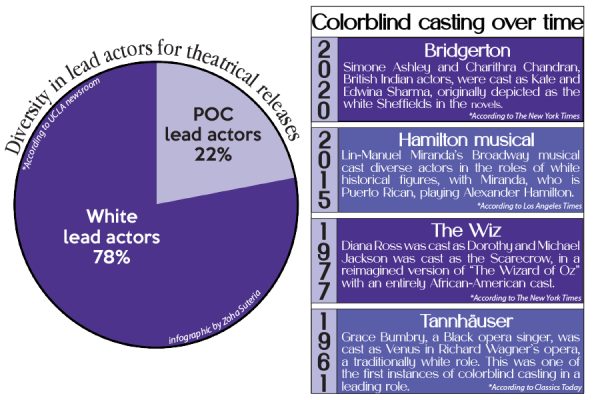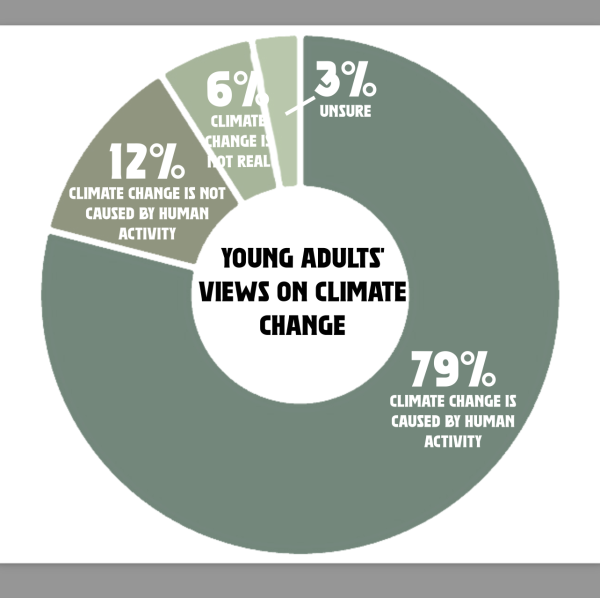In defense of the SAT
November 12, 2021
I hate the SAT as much as you do.
I hate the rows and rows of bubbles that line every square inch of the answer packet. I hate print- ing out Khan Academy practice tests and trying to figure out if “however” or “henceforth” best transitions between sentences.
Most of all, I hate that the SAT attempts to quantify something as nuanced and multifaceted as intelligence.
And yet, despite all of what I dislike about the SAT, I am here to defend it and similar exams.
Many colleges became test-optional for 2020 so that students who were unable to take a test due to location closings could still be eligible for ad- missions. However, despite testing sessions be- coming widely available again, universities have largely stuck with the policy.
Today, almost every college is test-optional, but trends seem to be pushing schools to go even further. The University of California schools have recently gone test-blind, meaning that they will not consider test scores even if they are submitted, and many institutions have publicly announced their plans to do the same.
The goal, they say, is to even the playing field.
It is well-documented that lower-income students and students of color score poorer on SAT tests than their counterparts. In 2014, when SAT scores were out of 2,400 points, “students from families earning more than $200,000 a year aver- age a combined score of 1,714, while students from families earning under $20,000 a year average a combined score of 1,326”, according to The Washington Post.
The average score of Black students was 93 points lower on the math section than the average score of white students on the same section, according to the College Board’s own 2020 report. By eliminating the SAT, schools hope to eliminate the potential barrier to higher education that comes with it.
The intentions of going “test-blind” to ad- dress these gaps are undoubtedly good. The gaps between various racial and economic groups are beyond appalling, and clearly, something needs to change. However, in actuality, eliminating the SAT will do far more harm than good. The “something” that demands change is the way we value a student’s education differently based on their zipcode, admittedly a much larger task to undertake.
Gaps in scores are a reflection of the gaps in education students are being provided, not the test. The answer is to address the disparities that face low-income students rather than just scrapping the whole test. Systemic challenging facing these students do not go away with
the SAT.
The barrier is educational inequality, not the SAT or ACT. If anything, get- ting rid of these tests is counterproductive, robbing these students of the chance
to prove themselves.
Standardized test scores should not be the only way of assessing a student. The “holistic review” model of judging students by their en- tire profile is a step in the right direction, and students deserve to be viewed as far more than a test score. However, SAT and ACT scores can be an important piece of this application. Truly, students that are disadvantaged in regards to the SAT and ACT faced- similar challenges in every regard.
GPAs are incredibly hard for colleges to compare directly given how wildly course difficulty and offerings range between schools, and economically-disadvantaged students still underperform. Grades vary so wildly depending on the school from which they are coming that they are harder for admissions departments to com- pare, and many schools do not offer the honors or Advanced Placement courses available at others, even further establishing that the same disparities seen between test scores are present in GPAs as well.
Extracurricular activities fall victim to the same trap as students from poorer backgrounds have more work obligations and fewer opportunities.
Students that need to support themselves or their family with a job are unable to participate in extracurriculars that are available to those whose income is not vital to their family. In U.S. census data cited by Robert Putnam in his 2015 book Our Kids, low-income children are three times as likely as their better-off classmates to not participate in either sports or clubs. These trends transfer into high school. Internship opportunities and well-funded clubs or teams are potentially strong points in an application, but they are disproportionately available to more privileged students.
Even with letters of recommendation, students at schools with less funding are more likely to be in large classes where they are less likely to connect with a teacher or to get a chance to really sit down with their counselor.
The SAT and ACT are not perfect. Students with tutors or access to expensive training classes have a clear advantage over those without. However, these tests do have their merits. They can be taken multiple times, and waivers are available for students in need of financial assistance. There are plenty of free, high-quality practice resources that can be found online (like the Khan Academy and ACT website), and all students are in a fair testing environment during the duration of the actual test. It is not the best system, but it is one that provides many students who may be otherwise disadvantaged to prove themselves.
Allowing students to go “test-optional”, opting not to send in scores that they feel dissatisfied with, does offer students who are not good test-takers to remain competitive applicants.
Taking the test is an unpleasant experience, to say the least. Preparation can take hundreds of hours, and the study sessions get boring quickly. The test is far from perfect. However, it plays an important role in the ad- missions process, and removing it entirely is counterproductive to the goals that these reforms seek to achieve. Annoying as they may be, the SAT and ACT don’t deserve to be discarded all together.
The fact of the matter is that when schools go test- blind, they just don’t see the full picture.














